St. John's Episcopal Church
Introduction
Text-to-speech Audio
Images
St. John's Church
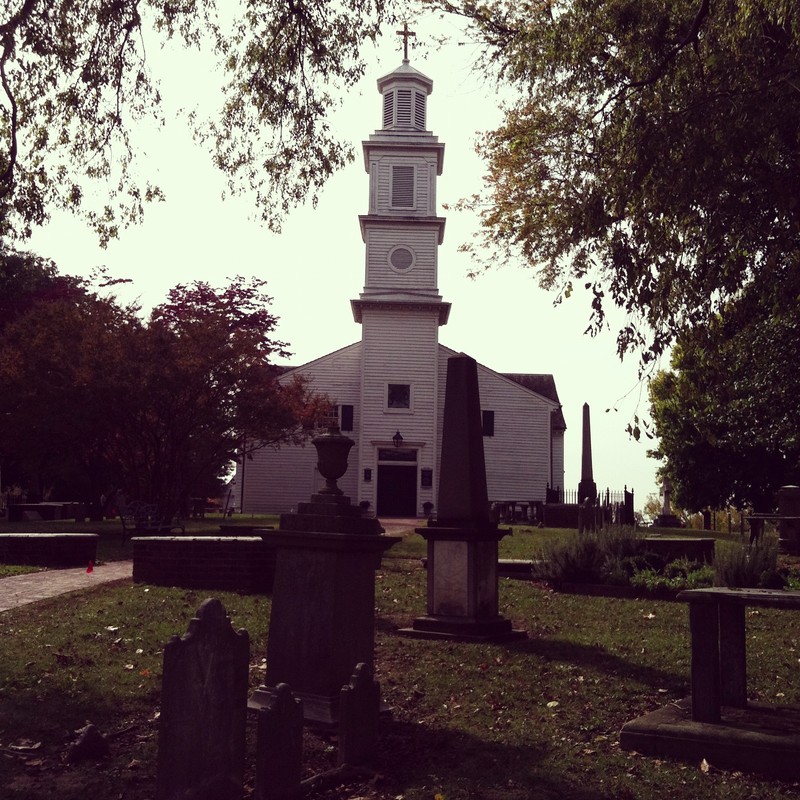
St. John's Church Graveyard
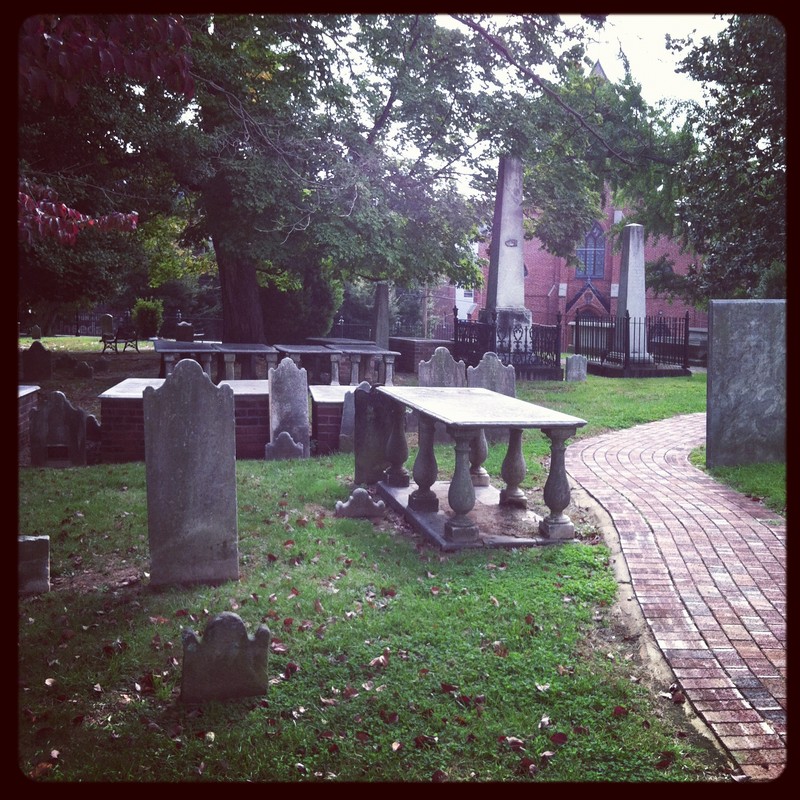
Keeper's Cottage
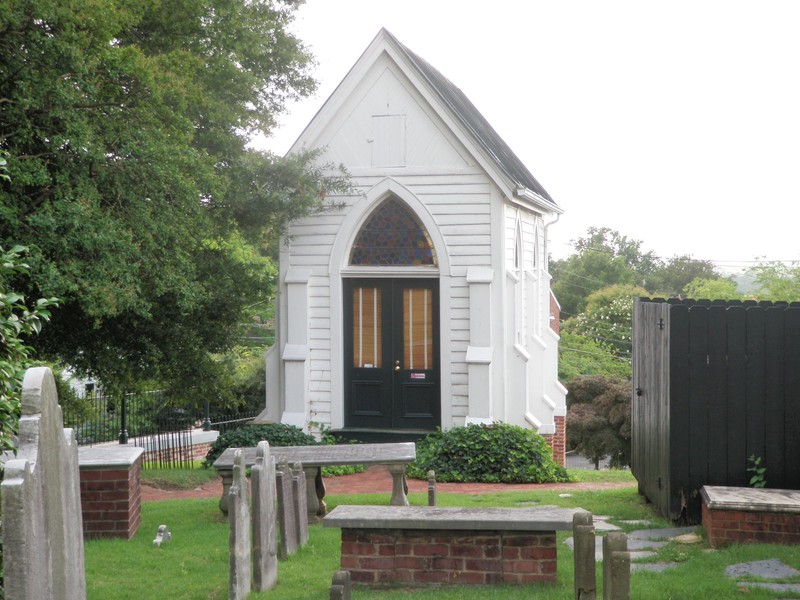
St. John's Church Graveyard
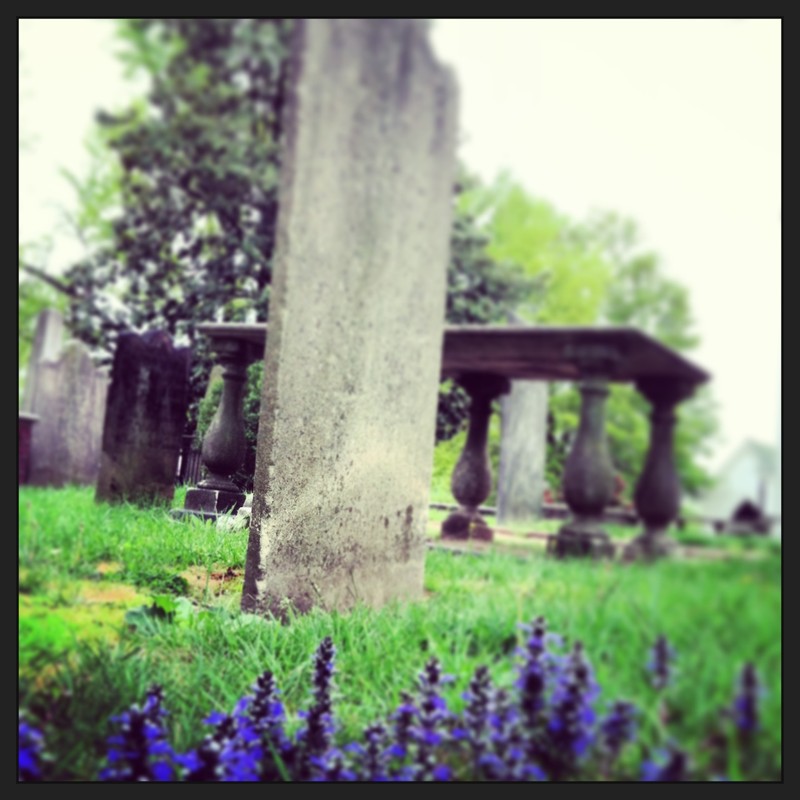
The Sundial
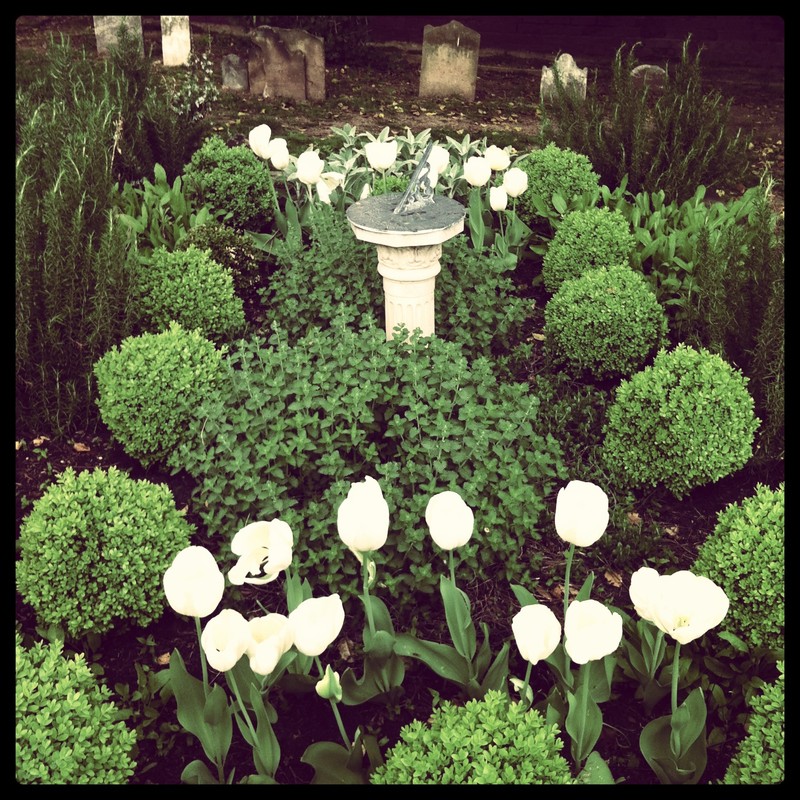
The Original Church Door
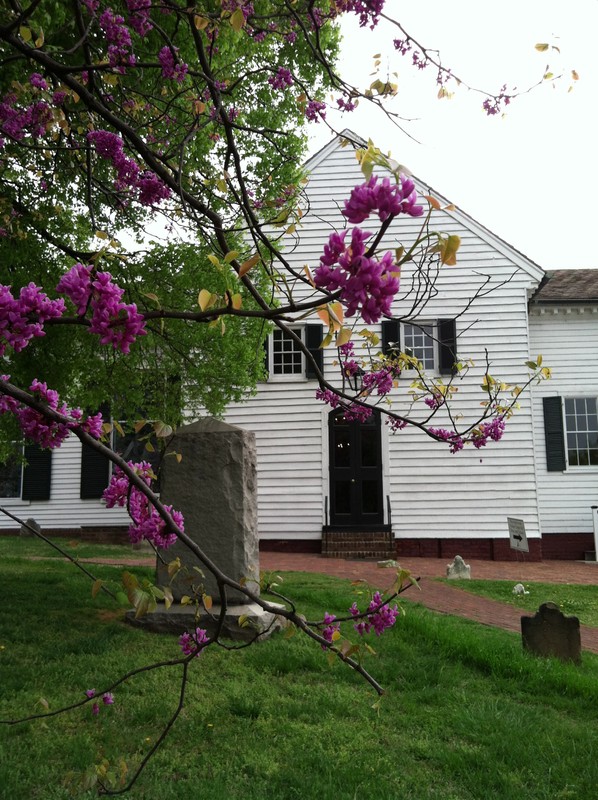
Historic St. John's
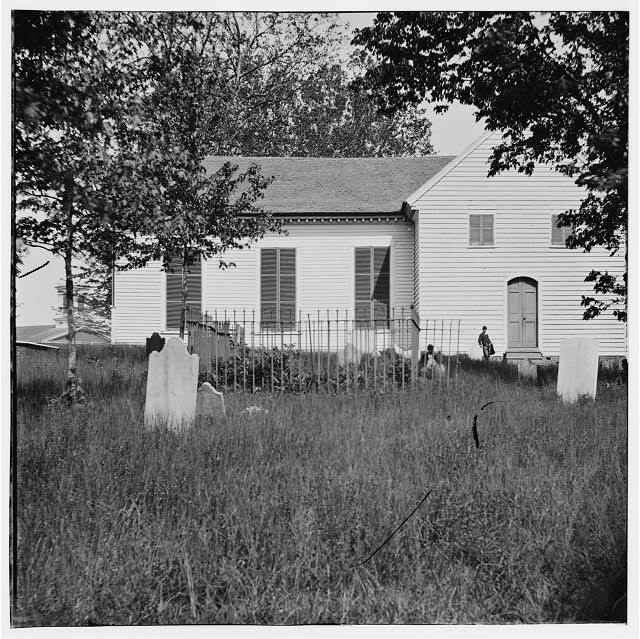
Historic St. John's

St. John's Church
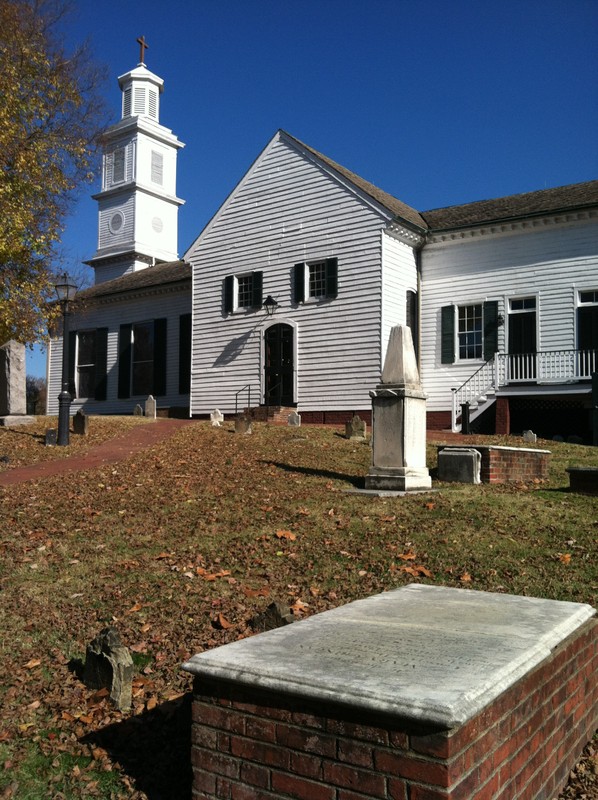
The Visitor's Center
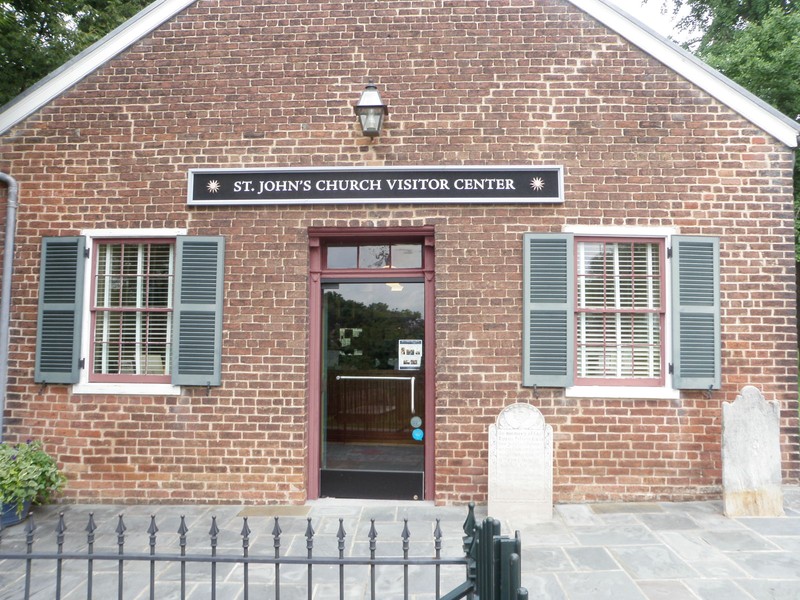
Parish Hall
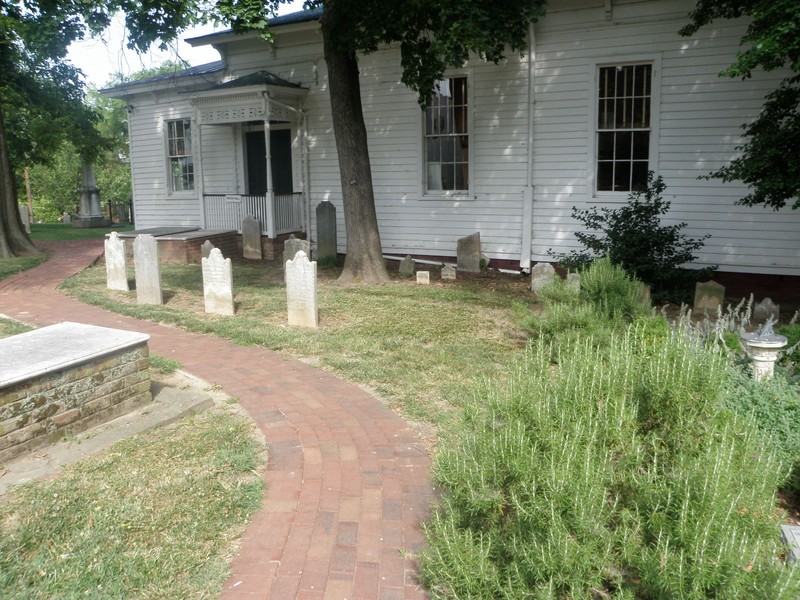
Interior of the church in 1901 as seen from "Patrick Henry's Pew." Courtesy of Beinecke Rare Book & Manuscript Library at Yale University
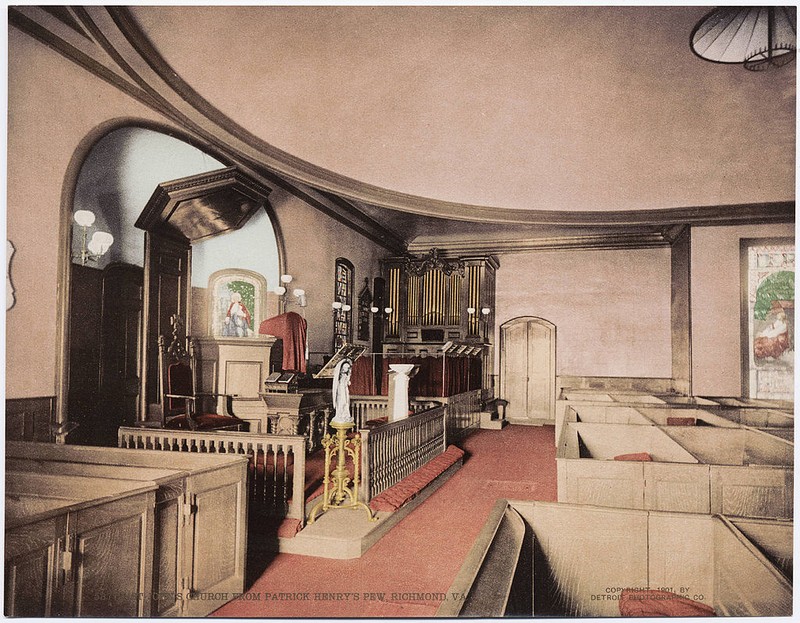
Headstone for Elizabeth “Eliza” Arnold Poe, mother of Edgar Allan Poe
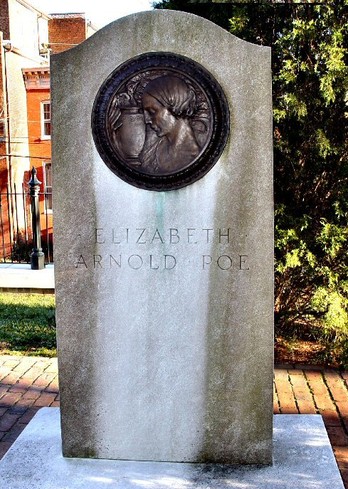
Backstory and Context
Text-to-speech Audio
Being the center of Henrico Parish, St. John’s Episcopal Church and its congregation stretches back to the very beginnings of Virginia in 1611, being an offshoot of the first church in Jamestown. Throughout the rest of the 1600s, Henrico Parish moved up the James River where it eventually settled in the newly founded settlement of Richmond. William Byrd II is credited with establishing Richmond with land he donated in 1733, and in 1740 he donated land for the construction of a church for Henrico Parish. Completed in 1741, St. John’s Episcopal Church is not only the oldest church in Richmond, it is the oldest wooden church in Virginia. The next 30 years witnessed the church grow and support the surrounding community, which came to be known as Church Hill. Not only did these early colonial churches act as houses of worship, they served as community meeting spaces.
By the 1770s, political tension between the colonies and Great Britain grew rapidly. Because the situation deteriorated so severely in Virginia, the House of Burgesses, the colony’s legislative body, was dismissed by the royal governor. Not to be deterred, the Patriotic members of the Burgesses met as the First Virginia Convention in Williamsburg, but due to close proximity to the governor’s forces, the members vacated Williamsburg and reassembled in Richmond. In March 1775, George Washington, Thomas Jefferson, Richard Henry Lee, Peyton Randolph, and over 100 other prominent Virginians met in St. John’s Church to hold the Second Virginia Convention. It was during this meeting in the church that Patrick Henry delivered his famous “Give Me Liberty or Give Me Death” speech, cementing the church in American history.
St. John’s Church continued to thrive, surviving two domestic wars and the financial fluctuations of the 19th-Century. However, the urban flight and racial segregation of the mid-20th-Century greatly reduced the number of church members and residents within the Church Hill neighborhood. In the recent decades, St. John’s Church and its surrounding neighborhood have experienced a resurgence in prominence.
There have been a few alterations made to St. John’s Church during its lifetime. The original 1741 building is found in the building’s southernmost section, oriented to the East in the tradition of the Anglican Church; and in 1773, construction of the nave changed the footprint of the church to its current footprint. Then, during the late 19th-Century, the current tower and steeple replaced an earlier version of each. The churchyard for St. John’s Church contains a small, brick building previously used as one of the first schoolhouses for African-American children in the city. The church’s giftshop is now housed in the old school building.
St. John’s Church offered the first public burial ground in Richmond, and now spans an entire city block around the church. Several of Richmond’s and Virginia’s prominent citizens are buried here, such as George Wythe, the first law professor in the United States, delegate at the Continental Congress, and one of the signers of the Declaration of Independence. Of particular interest is one unmarked grave along the east wall of the churchyard. In 1811, Elizabeth “Eliza” Arnold Poe, actress mother to Edgar Allan Poe, died from consumption. Having been abandoned by her husband David Poe, Jr. in 1810, she relied on community assistance to support herself and her children. At that time, acting was still considered a dishonorable profession, but Eliza managed to find enough support and compassion from the Church Hill ladies that she was honored with a burial inside the St. John’s Church burial ground, albeit in an unmarked paupers grave. The young Edgar was taken in by wealthy Richmond family, the Allans, and lived nearby. It is undoubtable that Edgar visited his mother’s grave during his youth. In 1927, the Raven Society and the Poe Foundation placed a formal marker on Eliza’s gravesite.
St. John’s Episcopal Church was designated a National Historic Landmark on January 20, 1961, designated a Virginia Landmark on June 2, 1970, and added to the National Register of Historic Places as a contributing member of the St. John’s Church Historic District on September 15, 1970.
Sources
St. John's Church. Visit Richmond, VA. April 18, 2019. https://www.visitrichmondva.com/listings/st-john’s-church/934/.
St. John’s Church Historic District and St. John’s Episcopal Church. National Park Service. April 18, 2019. https://www.nps.gov/nr/travel/Richmond/St.Johns.html.
St. John's Church Historic District. The Cultural Landscape Foundation. April 19, 2019. https://tclf.org/landscapes/st-johns-church-historic-district.
Moody, Jr., James W. National Register of Historic Places Inventory - Nomination Form. Virginia Department of Historic Resources. September 15, 1970. April 18, 2019. https://www.dhr.virginia.gov/wp-content/uploads/2018/04/127-0192_St._Johns_Church_HD_1970_Final_Nomination.pdf.
Other Poe Sites. The Poe Museum. April 18, 2019. https://www.poemuseum.org/other-poe-sites.
